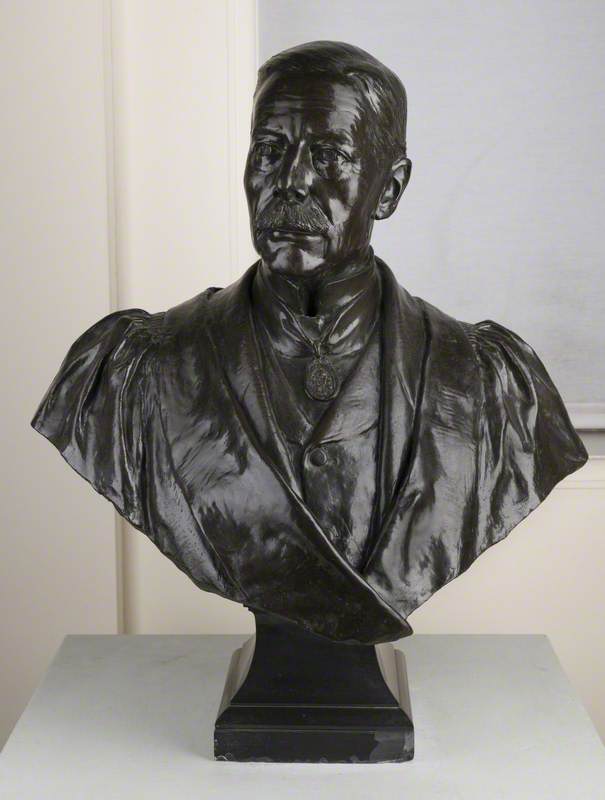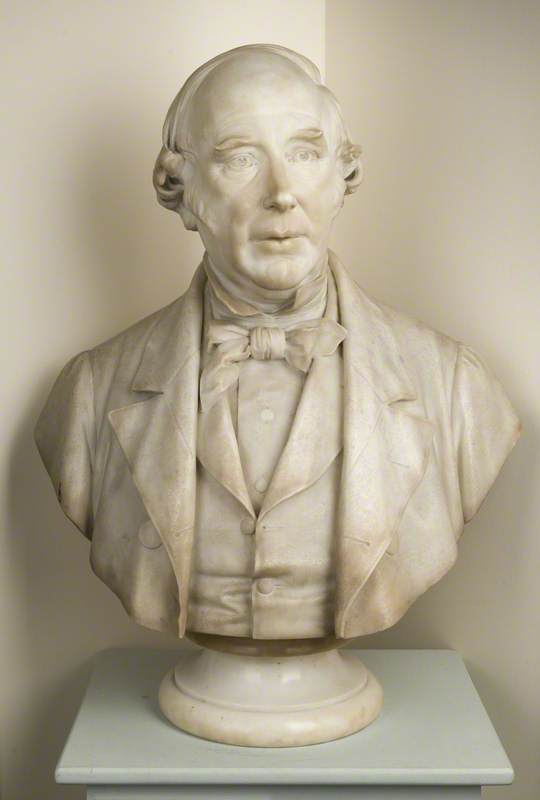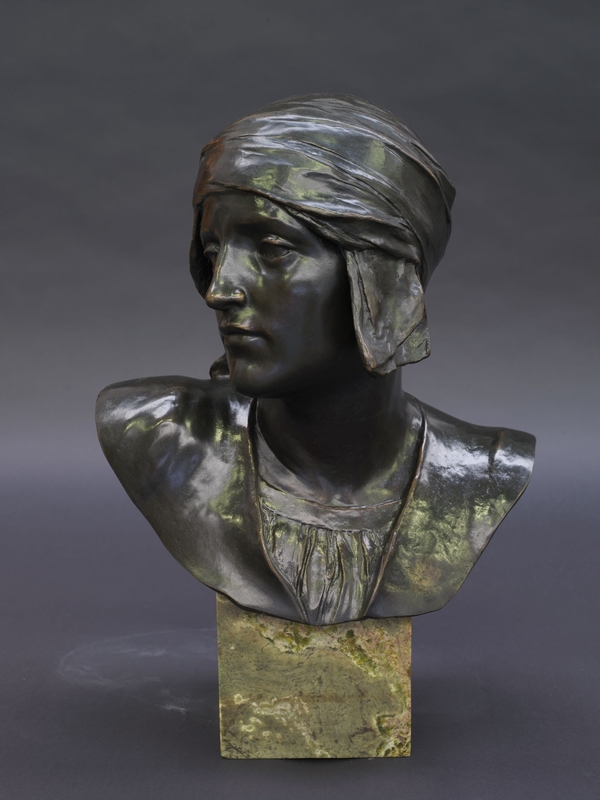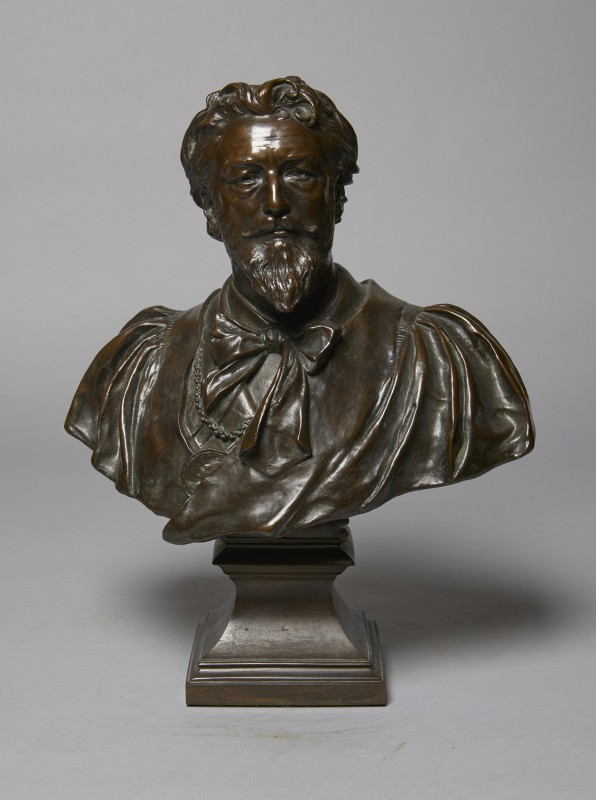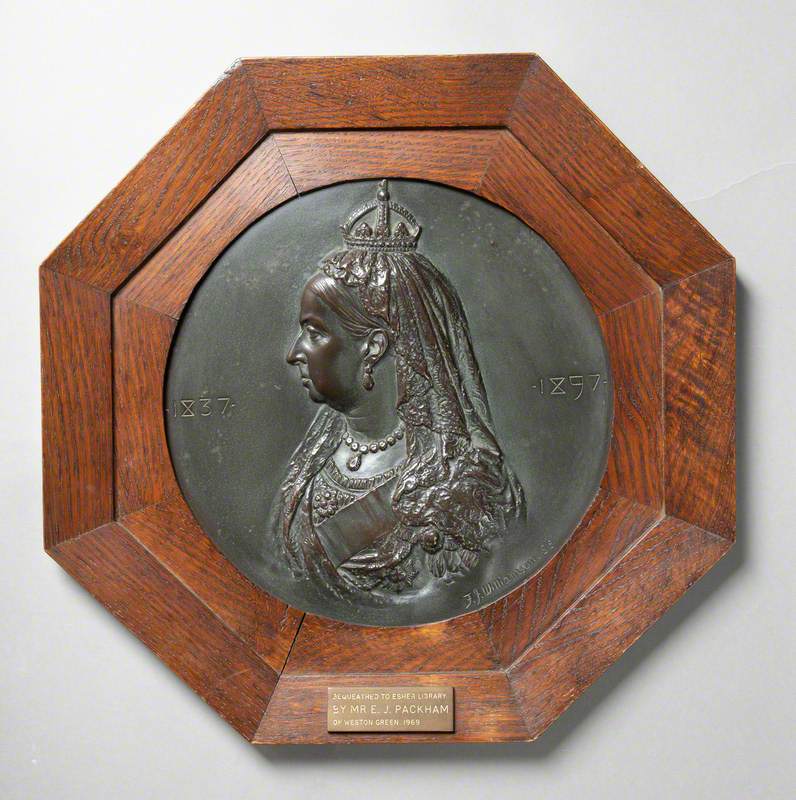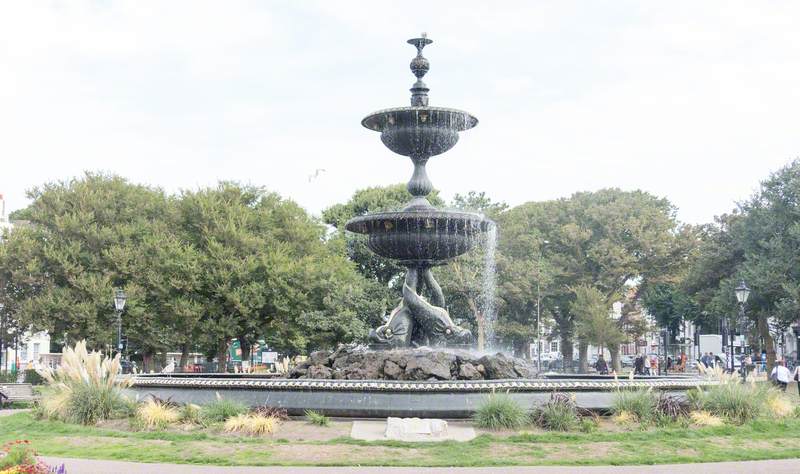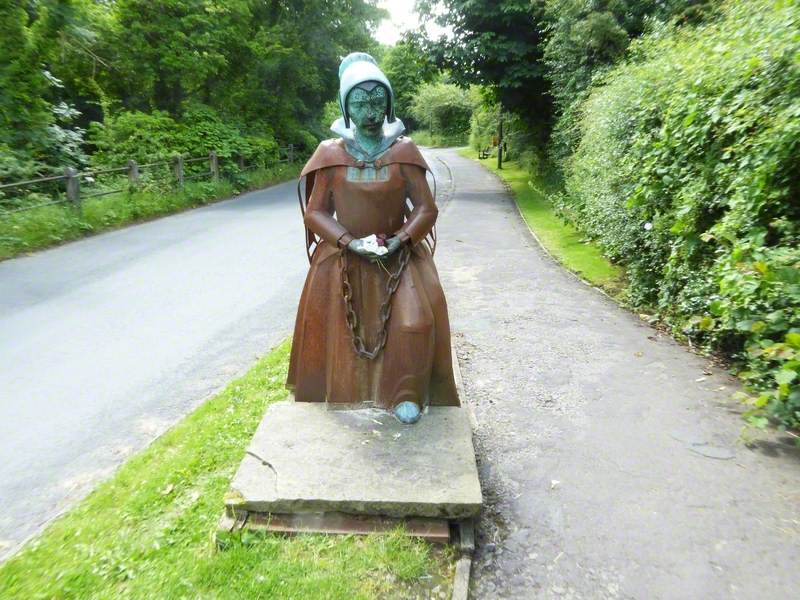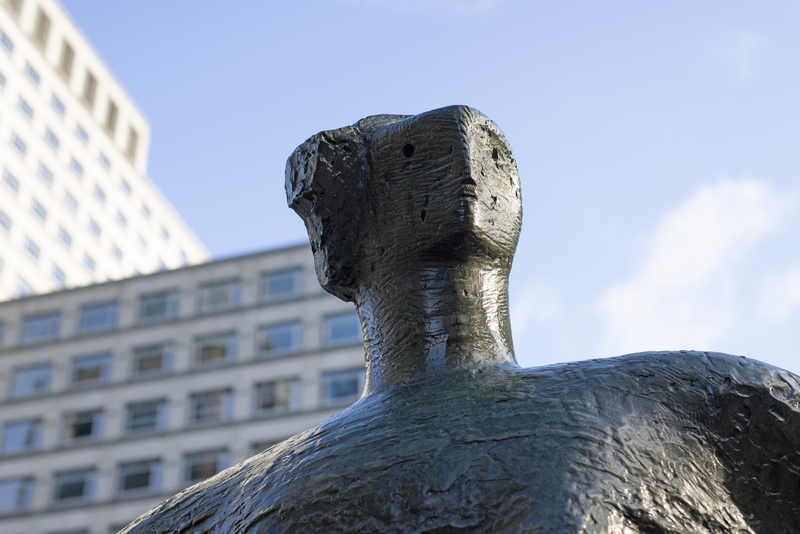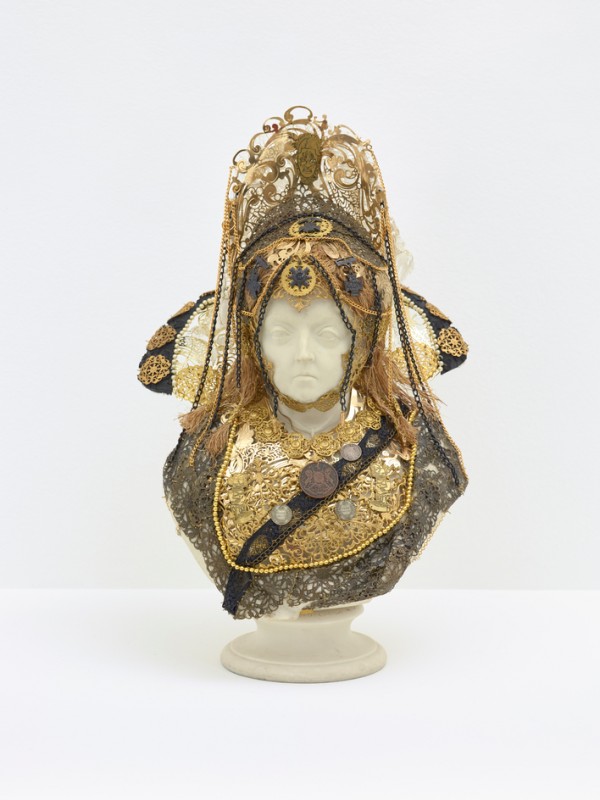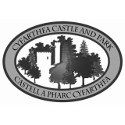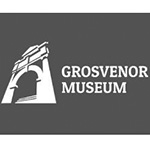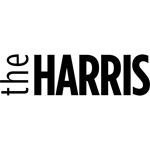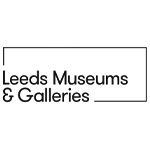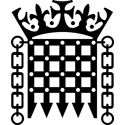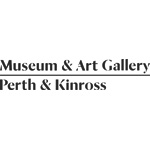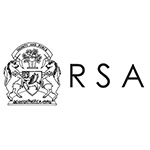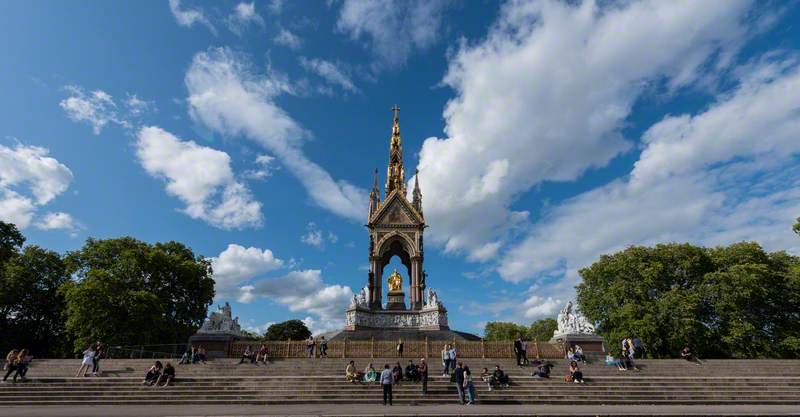
John Henry Foley (1818–1874) and Thomas Brock (1847–1922) and Henry Hugh Armstead (1828–1905) and George Gilbert Scott (1811–1878) and John Bell (1811–1895) and John Lawlor (1820–1901) and Patrick MacDowell (1799–1870) and William Calder Marshall (1813–1894) and John Birnie Philip (1824–1875) and James Frank Redfern (1837–1876) and William Theed II (1804–1891) and Thomas Thornycroft (1815–1885) and Henry Weekes I (1807–1877) and Farmer and Brindley (active 1851–1929) and John Kelk (1816–1886) and Francis Webb Sheilds (1820–1906) and Francis Alfred Skidmore (1817–1896) and John Richard Clayton (1827–1913) and Antonio Salviati (1816–1890) and H. Prince & Co. and Elkington & Co. and R. Masefield & Co.
Thomas Brock [also known as Sir Thomas Brock] was born in Worcester, England on 1 March 1847 and was the son of son of William Brock, a painter and decorator. After studying at the Government School of Design in Worcester, he served an apprenticeship in modelling at the Worcester Royal Porcelain Work. From 1866 he was a pupil of the Irish sculptor John Henry Foley (1818-1874) and in the late 1860s attended the Royal Academy Schools in London, where he won a gold medal for his sculpture Hercules Strangling Antaeus in 1869. Following the sudden death of Foley in 1874, Brock completed much of his unfinished work, notably a 42 foot high monument to Daniel O'Connell for O'Connell Street, Dublin (1866–83), the success of which led him to receive several commissions for public monuments, amongst the most significant of which was a bronze equestrian statue of Edward, the Black Prince (1896–1903) for City Square, Leeds.
He was elected an Associate of the Royal Academy (ARA) in 1883; a Royal Academician (RA) in 1891; Honorary Associate of the Royal Institute of British Architects (HARIBA) in 1908; and an Honorary member of The Royal Scottish Academy in 1911. He was President of the Royal Society of British Sculptors in 1905-09, 1911 and 1914-19.
Much of Brock's later career as an artist was taken up by his work on the Queen Victoria Memorial for The Mall, London (1901–24). Other work from this period included monuments to Sir Henry Irving at Irving Street, London (1910,) Captain James Cook for Pall Mall, London (1914), and Richard John Seddon for the Parliamentary Buildings, Wellington, New Zealand (1911–15). He also produced numerous portrait busts.
Brock was knighted for his services to art in 1916. He died in London on 22 August 1922 and is buried in Mayfield, East Sussex.
Text source: Arts + Architecture Profiles from Art History Research net (AHRnet) https://www.arthistoryresearch.net/


